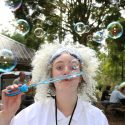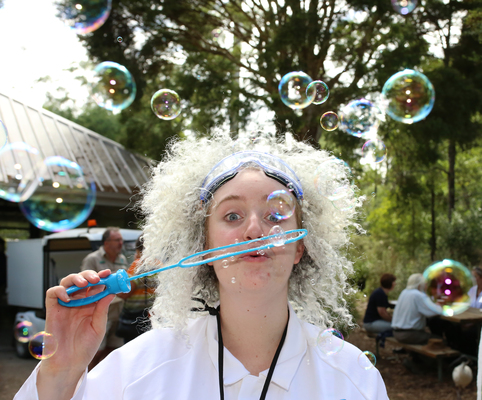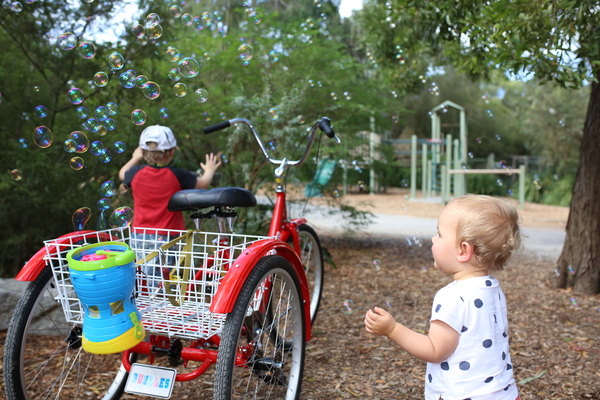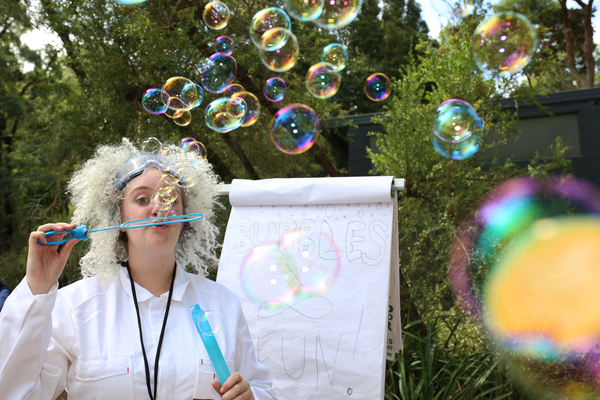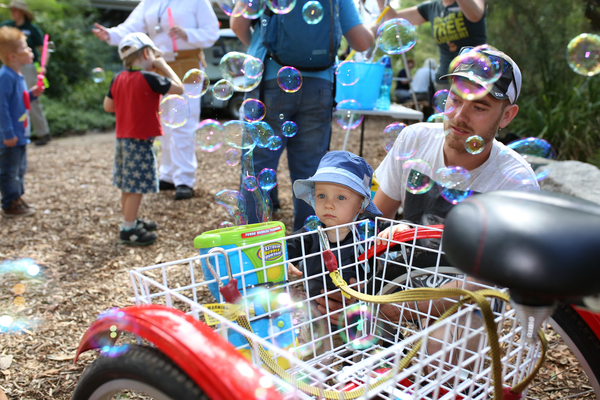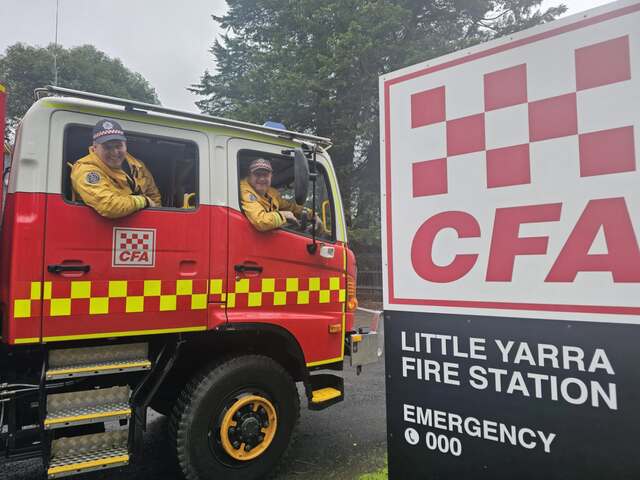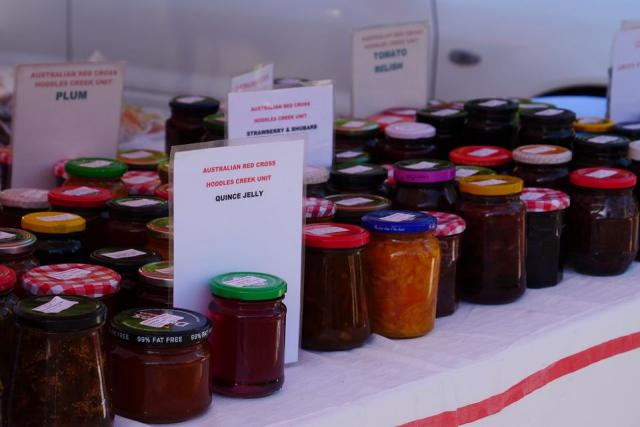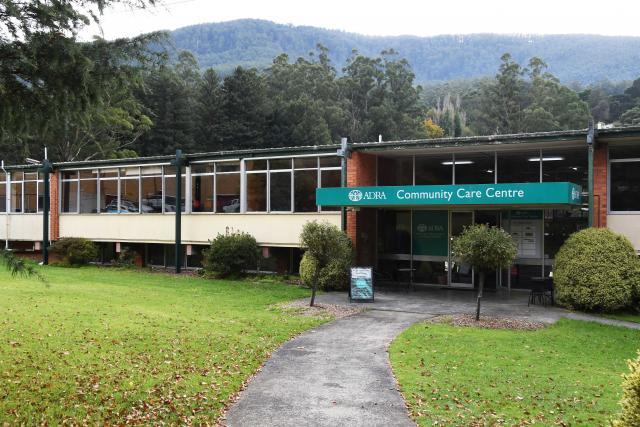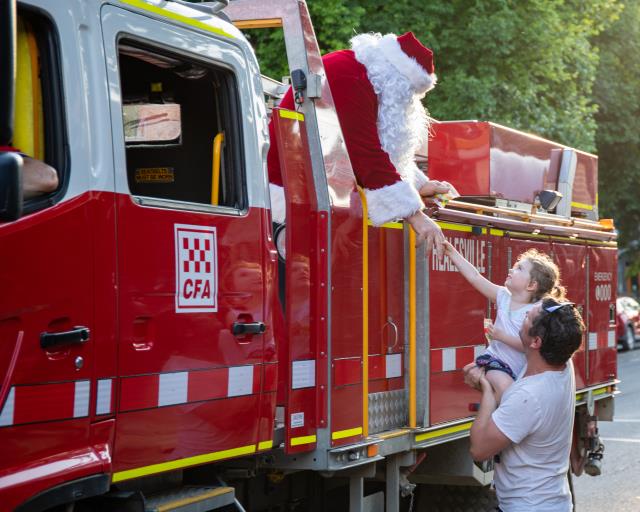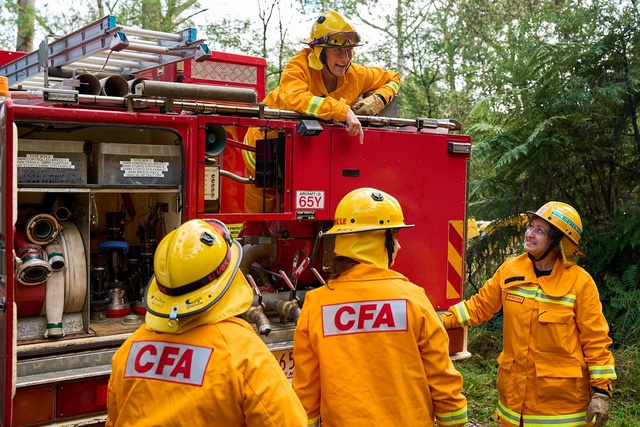By Derek Schlennstedt
The release of helium balloons is often used to mark a celebratory event, but balloons sent off on their windward journeys are having a devastating impact on Australia’s marine Wildlife, in particular, seabirds.
Inspired by a 2016 CSIRO study that identified balloons as among the top three most harmful pollutants, Zoos Victoria has launched a new campaign to trade balloons for bubbles.
On 29 March, 2017, Healesville Sanctuary celebrated the launch of the new ‘when balloons fly, seabirds die’ campaign urging the community to use bubbles instead of balloons at outdoor events.
Speaking to invited guests at the launch of the campaign held at the sanctuary, Zoos Victoria CEO Jenny Gray said it was during a visit to Lord Howe Island, a shearwater bird nesting colony, that she witnessed the impact plastic litter was having on the island’s bird population.
“100 per cent of birds on Lord Howe Island have plastic in their stomachs,” she said.
“The adults take the plastic, and then are feeding it to their chicks … … it’s heartbreaking, there are fluffy, cute little chicks and their starving because their stomachs are filled with plastic.”
This is our plastic.”
The clear aim of the campaign is to reduce the number of balloons and their plastic attachments in marine environments, particularly in and around two shearwater colonies.
These major shearwater colonies are located at Phillip Island and Lord-Howe Island where both flesh-footed shearwaters and short-tailed shearwaters are found.
Healesville Sanctuary embraced the launch of the campaign with new character ‘Professor Bubble’ operating all kinds of bubble machines and a new video featuring in the Platypus show. The revamped video featured in the Platypus show was presented to invited guests too and highlighted the impact of balloon waste on marine wildlife.
Both the video and Professor Bubble will be around until the end of the year, and visitors can meet Professor Bubble who will be making regular appearances over the April holidays, informing people about the impact that balloons have. It’s identified that balloon-related waste is one of the most prevalent and identifiable items found in the stomachs of flesh-footed shearwater chicks on Australia’s Lord Howe Island.
In a speech to guests Healesville Sanctuary director Ross Williamson highlighted the importance for people to trade their balloons for bubbles even if they don’t live close to the ocean.
“Here at Healesville Sanctuary we may not interact with oceans every day, but we can still be part of the solution, … … we can think globally and act locally.

